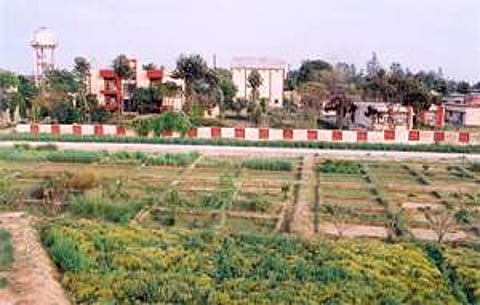

You may no longer need to wear expensive perfume -- your clothes may have a fragrance of their own. The medical textile laboratory of the Fragrance and Flavour Development Centre (FFDC) in Kanpur, has developed clothes that have a fragrance of their own and can survive even after multiple washes.
FFDC Assistant Director Shakti Vijay Shukla said trials were on to see how many washes the fragrance can survive. The fragrances used in the manufacture of aromatic fabric include rose, khus, chameli and sandalwood. According to scientists, the aromatic clothes will be more comfortable than the normal fabric.
The FFDC is manufacturing aromatic fabric, using two technologies. In one method, the thread is soaked in the fragrance before weaving and in the second, a nano-capsule is used to imbue the cloth with aroma. A local hosiery in Kanpur has already successfully experimented with the technology. The official said that a draft of the project was being sent to the central government for taking it ahead. The cost of aromatic fabric would be merely 20 per cent more than the normal fabric.
According to scientists, fragrances are said to work as mood enhancers, stress busters, and possess the capability to evoke emotions.
Using aromatherapy in textiles, the wearer can be helped to stay calm and invoke alertness. This innovative combination can also be used to treat patients with Alzheimer's disease. Connecting clothes with fragrance technology to biometric sensors, which measure heart rate and stress levels, a relaxing scent can be infused to help a person calm down or for uplifting an individual's mood. The use of sensors helps register scents and release them depending on the mood of a person.
There are many forms in which fragrances can be used, like, perfumes, colognes, essential oils, and potpourri. "Clothes act as second skin, and infusing essential oils into one's wardrobe can help keep skin moisturized and nourished. Cosmetic-textiles can be developed with other substances like vitamins, skin moisturizing agents, skin cooling agents, and anti-ageing agents," said a scientist at FFDC.
Using menthol and micro-encapsulating it onto textile fibres, manufacturers in some countries have designed a product that helps the body to stay cool and has a calming effect on the wearer. Another commercially available textile product uses chitosan, a substance obtained from shells of shrimps.
